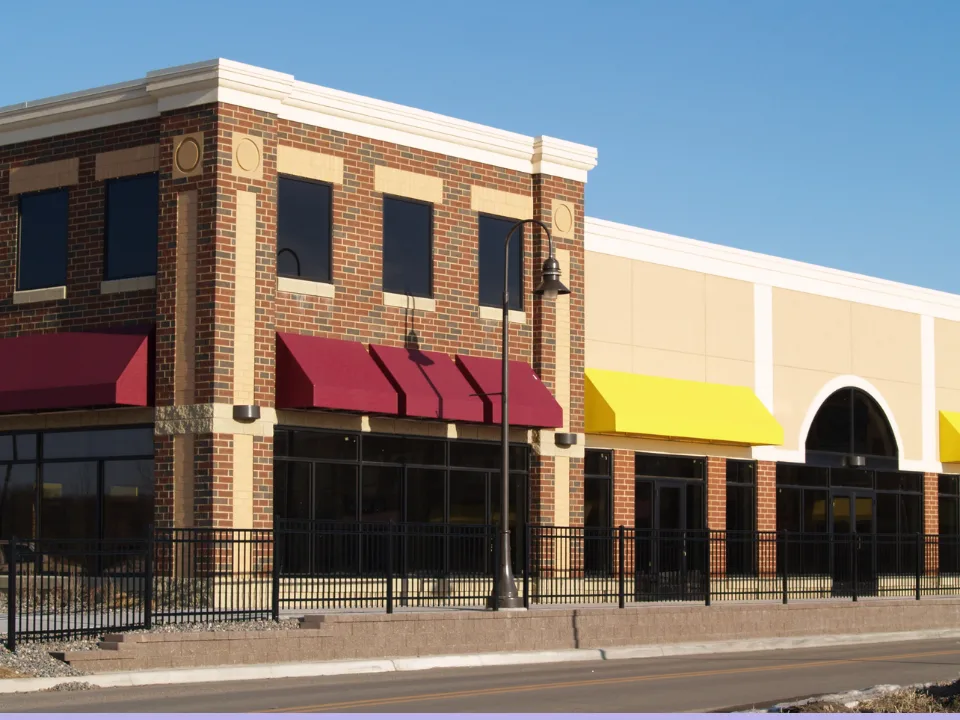- CRE debt origination stabilizes with a 2% YoY decline, indicating slight market improvement.
- Investors are exploring alternatives to office/retail. Idustrial is leading the charge with 49% more loan volume.
- Lease restructuring and tenant diversification are key to navigating the current market.
U.S. CRE debt originations are finally stabilizing in Q1, with refinancing on the rise and industrial lending topping the charts, as reported on Globest.
Near The Bottom
The pace of CRE debt origination has stabilized at 2% YoY, falling from $107B in 1Q23 to $105B in 1Q24, according to a recent Newmark report. This is pretty much flat compared with previous years. Refinancing, however, stood out at $53B, up from $49B in 1Q23.
By category, sales are down 12%, construction is down 14%, and M&A is down 100%, while refinancing is up 4% YoY. Compared to the 2017–2019 average, sales is down 52%, construction is down 40%, M&A is down 100%, and refinancing is up 5%.
Ranking Properties
When it comes to CRE property types, industrial enjoyed a 49% YoY uptick in originations and are up 97% from 2017–2019. But outside of industrial, other property types painted a much bleaker picture. Office loans plummeted by 54% multifamily by 30%, senior housing and care by 23%, development sites by 12%, retail by 10%, and hotels by 3%.
Traditional bank originations in Q1 were also down 30% across sectors. Not counting alternative lenders, multifamily lending was down by 19%, industrial by 34%, hotels by 36%, retail by 50%, and office by 56%.
Alternative Lenders Profit
Fortunately, non-bank lenders swooped in on the action and have been busy making lemonade from the market’s lemons. Other lending categories outside of bank lending, like CMBS and insurance lending, showed growth.
This optimism can be partially explained by widely held expectations in the first quarter that the Fed would drop interest rates 2–3 times in 2H24. This helped spur lending activity, with many borrowers capitalizing on favorable Treasury yields.
But with the Fed’s recent hawkish comments, this is no longer the case. And it remains to be seen how originations will be impacted in Q2.
Why It Matters
While there are some positive signs for CRE debt originations, plenty of challenges remain thanks to the looming wall of maturities that has already started to hit the market. Banks are expected to continue tightening lending standards, albeit at a slower rate. Newmark suggests staying cautiously optimistic, and maybe waiting a bit longer to pull the trigger.

















